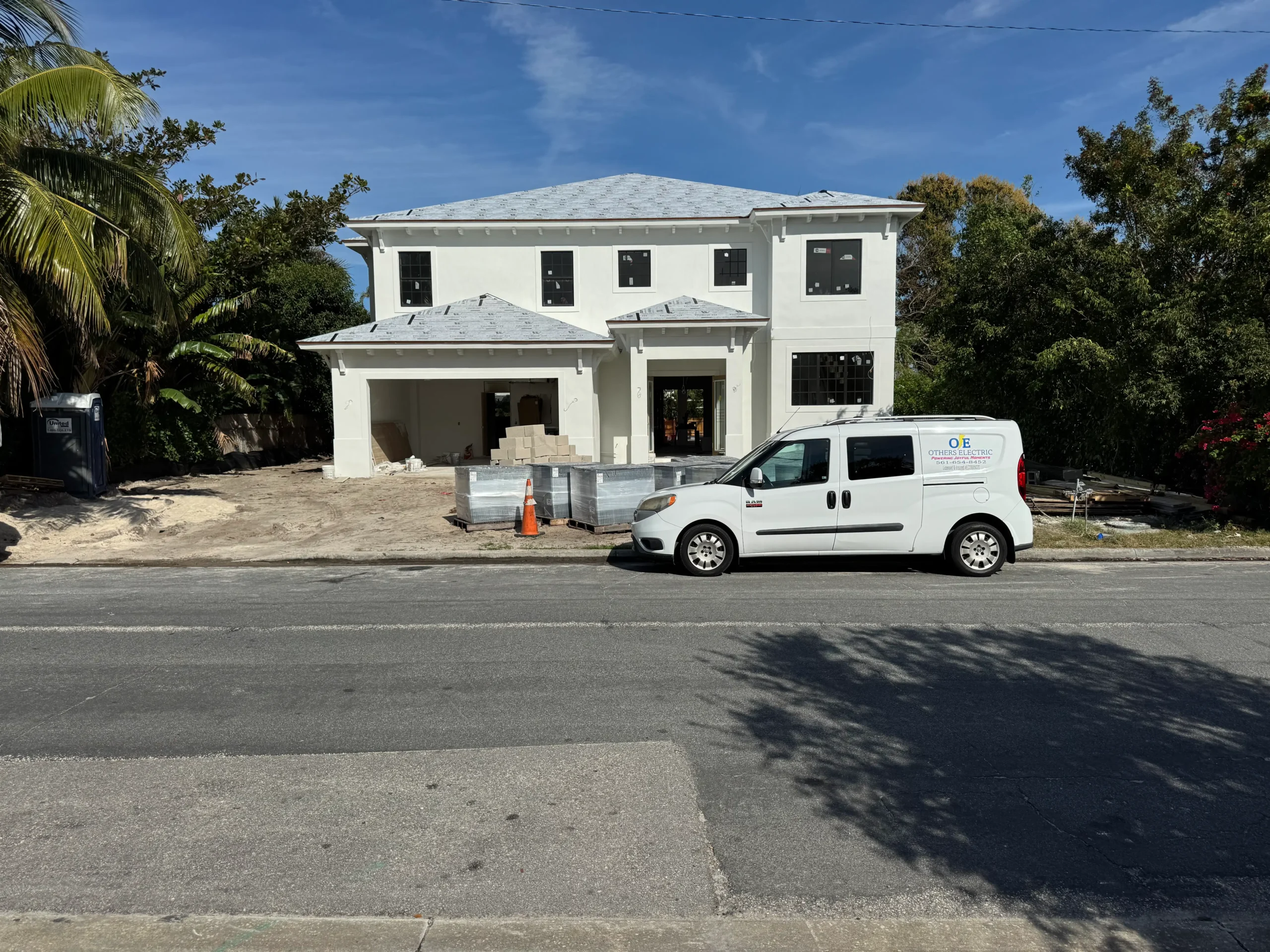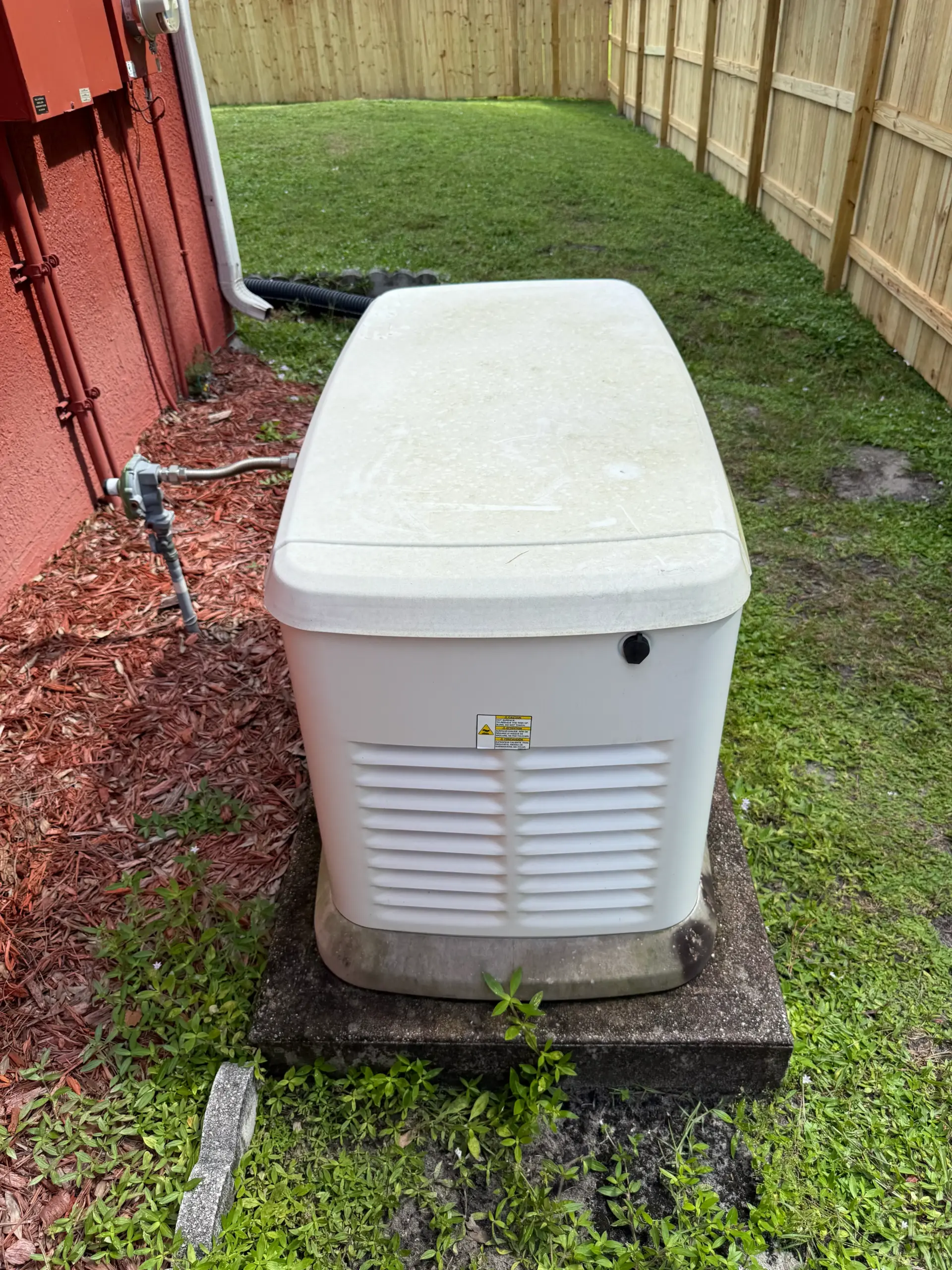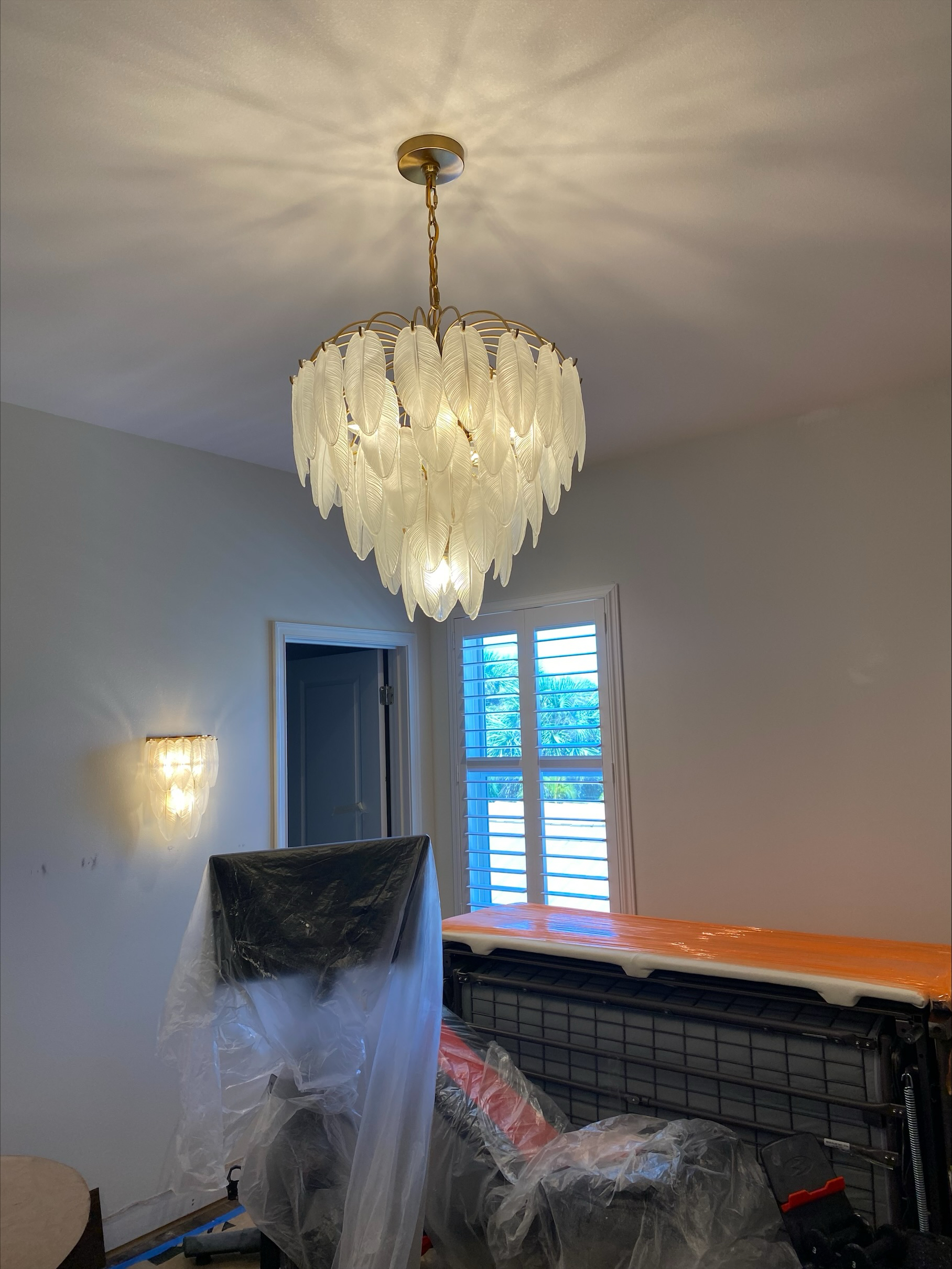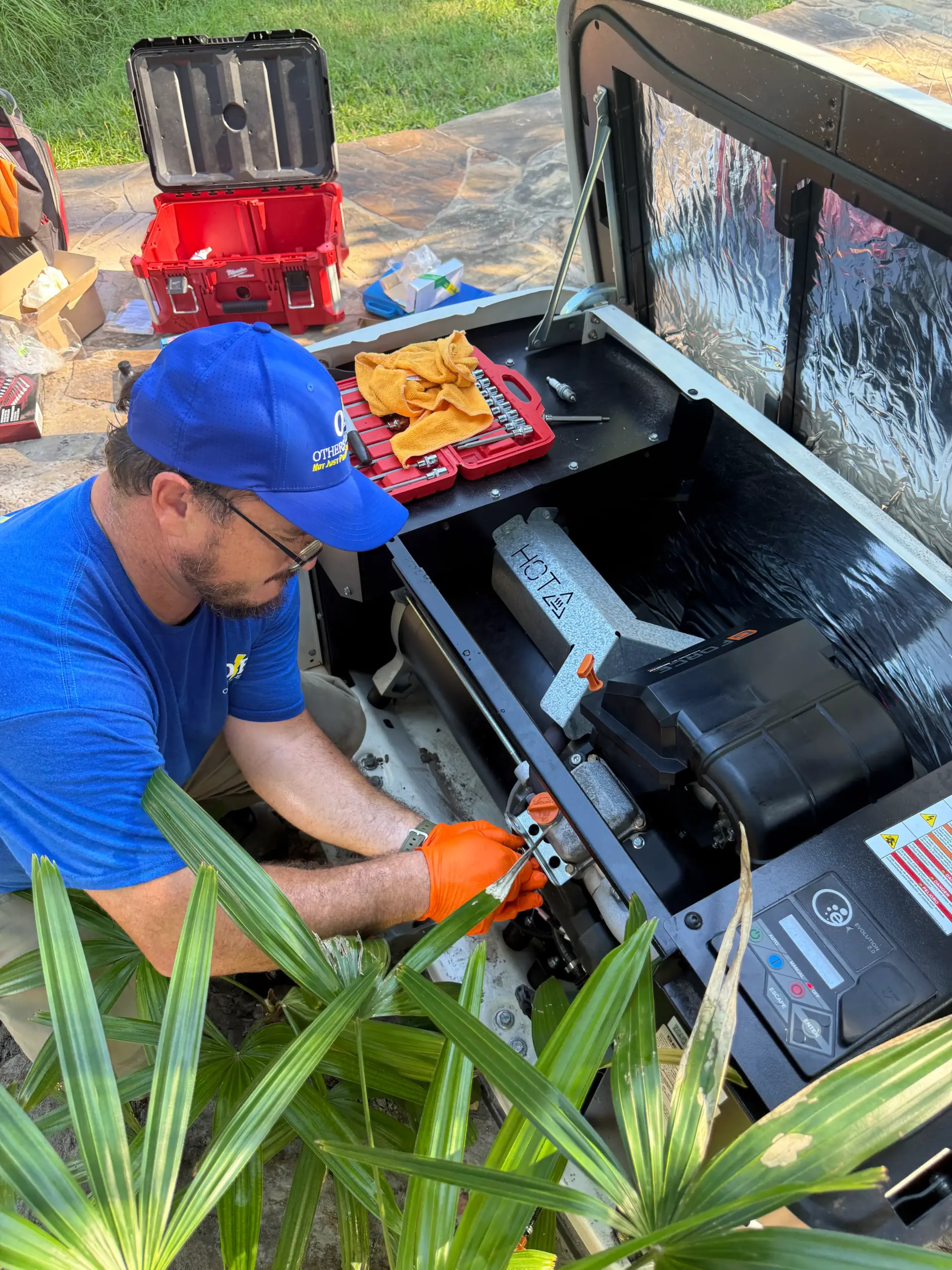For Florida homeowners considering major renovations, adding new appliances, installing electric vehicle chargers, or investing in solar panels, one crucial question often arises: how much to upgrade electrical panel? This is not just a matter of budgeting—it’s a key factor in home safety, energy efficiency, and future-proofing your electrical system. In this article, we’ll explain what goes into the cost of upgrading an electrical panel, why it’s often necessary, and how Florida property owners can make the most informed decision.

Why Electrical Panel Upgrades Are Important
The electrical panel is the heart of your home’s power system. It distributes electricity from the utility service to the various circuits that power everything from lights to appliances. Older panels, especially those installed 20 or more years ago, may lack the capacity to handle modern power demands.
With more homes adding central air conditioning, electric stoves, washers and dryers, and electric vehicles, outdated panels can become overloaded. This not only reduces efficiency but can also create serious fire hazards. In storm-prone areas like Florida, panel resilience is even more essential, as power surges and restoration events can stress weakened systems.
Knowing how much to upgrade electrical panel involves evaluating these risks alongside your current and future electrical needs.
Key Factors That Affect Upgrade Costs
So how much to upgrade electrical panel in Florida homes? The cost varies widely depending on several important factors:
- Panel Capacity: Moving from 100-amp to 200-amp service is a common upgrade. Higher-capacity panels (like 300 or 400 amps) cost more and are usually required for large homes or commercial buildings.
- Panel Brand and Type: High-quality panels from reliable manufacturers cost more but offer longer warranties and better safety features.
- Location and Accessibility: Panels located in tight or hard-to-reach areas may increase labor costs.
- Permits and Code Requirements: Florida municipalities often require permits and inspections. Local codes may mandate additional work, especially in older homes.
- Electrical Load Calculations: Your electrician will assess your home’s load requirements to determine whether a simple panel swap is sufficient or if additional wiring and upgrades are needed.
According to HomeAdvisor, most homeowners spend between $1,200 and $3,500 for a panel upgrade, but costs can climb above $4,000 for more complex installations.
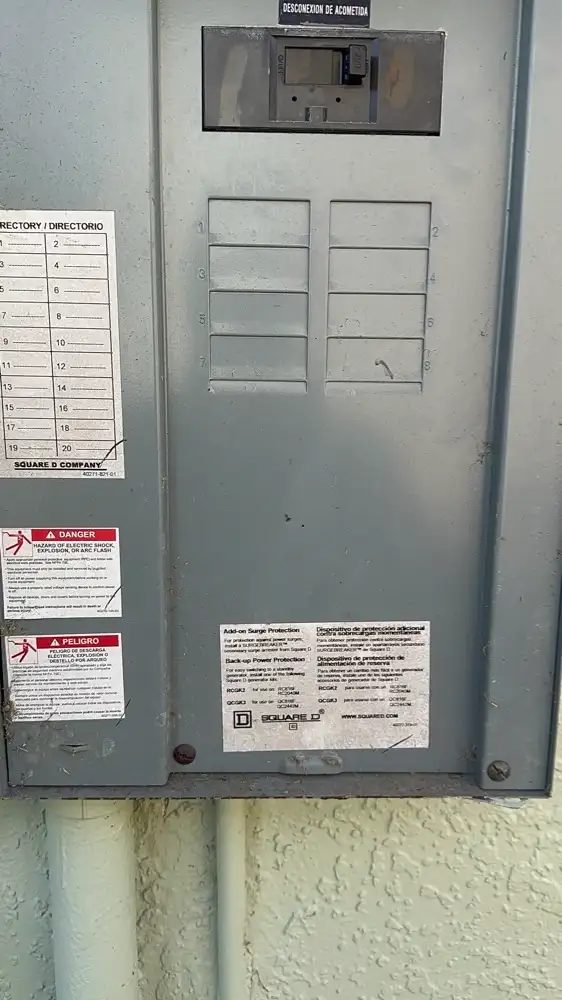
Signs You Need an Electrical Panel Upgrade
Understanding how much to upgrade electrical panel also means knowing when an upgrade is necessary. Common warning signs include:
- Flickering lights or frequently tripped breakers
- A panel that still uses fuses instead of breakers
- Warm or scorched outlets
- Buzzing noises coming from the panel
- Insufficient breaker slots for new appliances or circuits
Ignoring these warning signs can lead to damaged electronics, reduced energy efficiency, or even electrical fires.
The National Fire Protection Association (NFPA) emphasizes regular inspection and modernization of electrical systems as a key component of residential fire prevention.
Panel Upgrades and Modern Home Features
Many modern upgrades require more electrical capacity than older systems can provide. For example, installing a Level 2 EV charger typically requires a dedicated 240V circuit. Solar panel systems must integrate with your main service panel, often necessitating space for new breakers and connection points.
Smart home systems, HVAC upgrades, and kitchen remodels all draw significant power. If your panel isn’t built to support these loads, you may face continual performance issues, safety risks, or code violations.
Working with experienced professionals—like the team at Others Electric—ensures your upgrade is designed for both current and future demand.
Permitting, Inspections, and Code Compliance in Florida
Electrical work in Florida is tightly regulated. Any significant upgrade, including a panel replacement, typically requires permits and post-installation inspections to meet the Florida Building Code. This process protects homeowners and ensures safe, compliant installations.
An experienced electrician will handle the permitting process, including scheduling inspections and managing any code-related adjustments during the upgrade. This adds to the overall cost but is necessary to ensure legal and insurable work.
For specific local requirements, refer to your municipality’s building department or consult the Florida Department of Business & Professional Regulation.
Long-Term Value and Resale Benefits
Upgrading your electrical panel isn’t just a cost—it’s an investment. Homes with modern, code-compliant panels are more attractive to buyers and appraisers. A properly sized and labeled panel can also reduce insurance premiums and increase the lifespan of your entire electrical system.
Additionally, with Florida’s growing interest in renewable energy and electric transportation, having a panel ready to accommodate these technologies increases your home’s future potential.
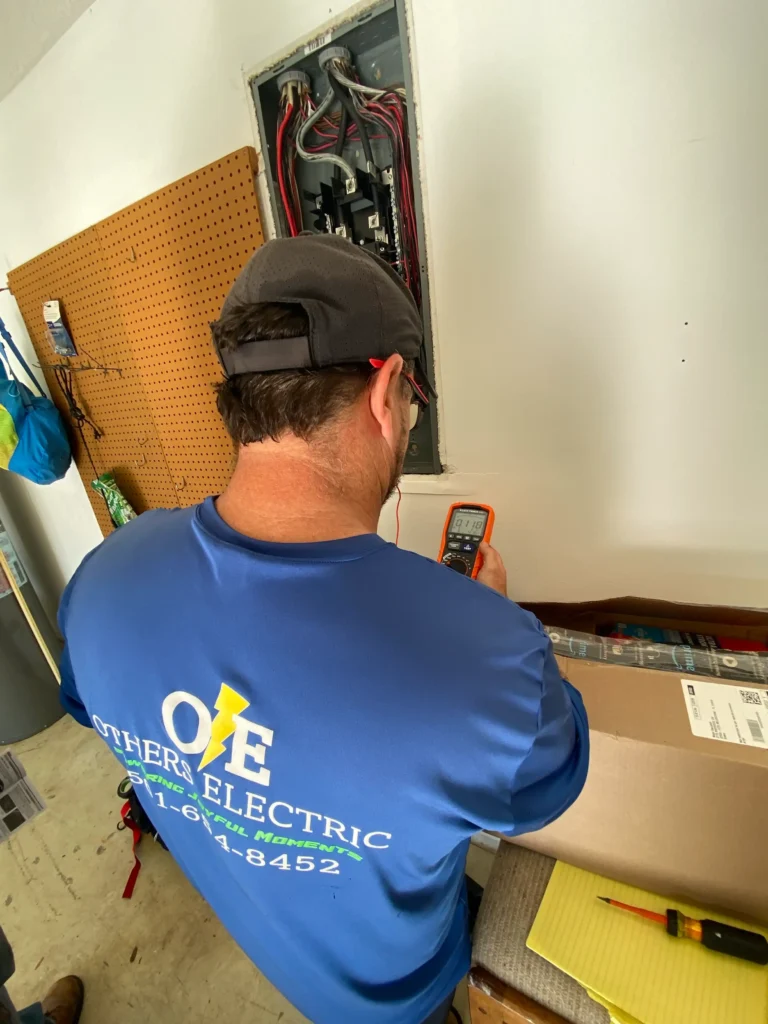
Conclusion
So, how much to upgrade electrical panel? The answer varies based on panel size, labor conditions, code requirements, and your home’s unique energy needs. But for most Florida homeowners, the cost is well justified by the safety, efficiency, and flexibility it brings.
By working with qualified electricians, securing the right permits, and planning for future capacity, you can ensure your home is ready for whatever comes next—whether that’s a new EV, a solar system, or the next hurricane season.
To learn more or schedule a panel evaluation, visit our service page. For additional insights, check out HomeAdvisor, NFPA, and the Florida DBPR for compliance and safety information.



